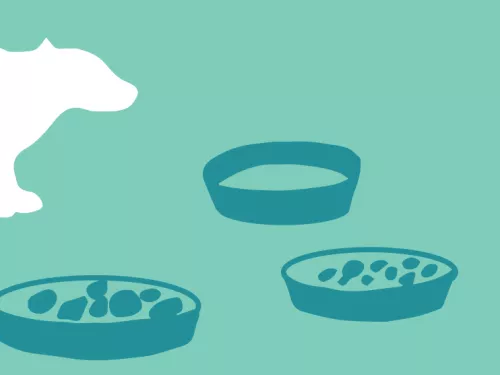
What to feed hedgehogs and badgers
Putting out a bit of food can help see mammals like hedgehogs through colder spells.
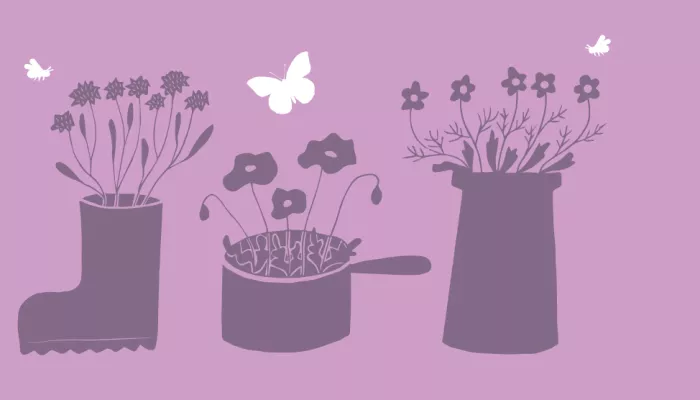
Pots and containers are a great way of introducing wildlife features onto patios, or outside the front door. They are also perfect for small gardens or spaces like window ledges or roofs. Herbs, in particular, make good container plants and attract lots of wildlife.
Sow your own mini wildflower meadow in a windowbox, line a pot with plastic to make a potted pond or use walls to create vertical herb displays.
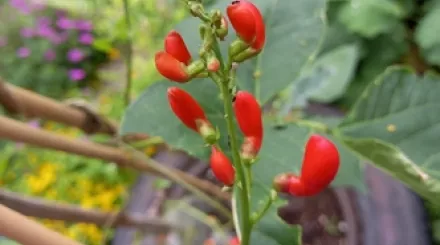
Runner beans growing in a old tyre. Eden Jackson
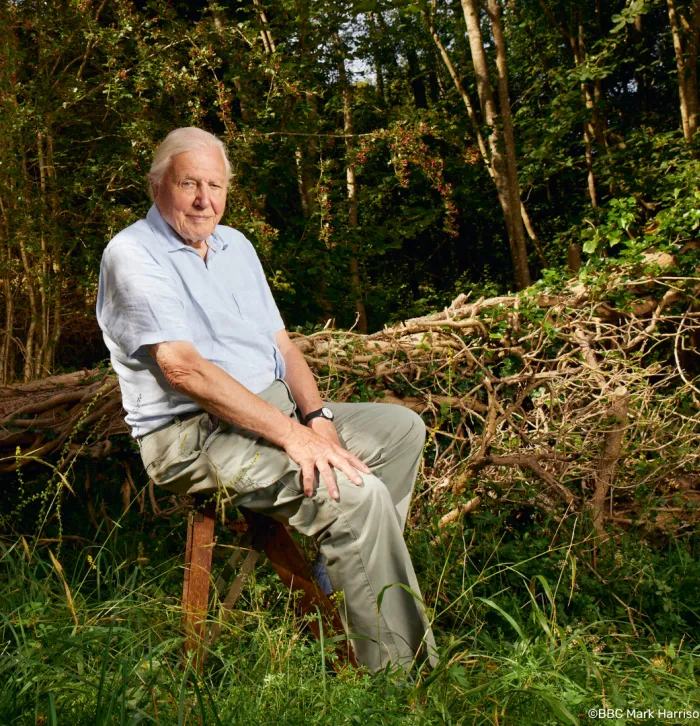

Putting out a bit of food can help see mammals like hedgehogs through colder spells.
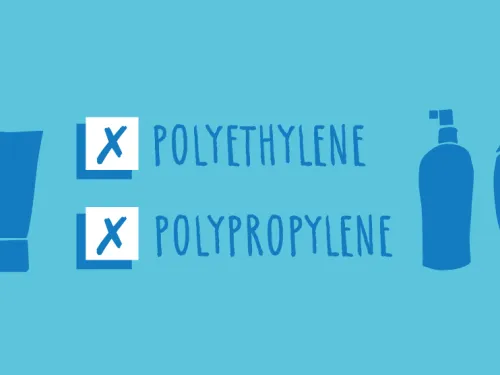
Some cosmetics, soaps, washing-up liquids and cleaning products can be harmful to wildlife with long-lasting effects.
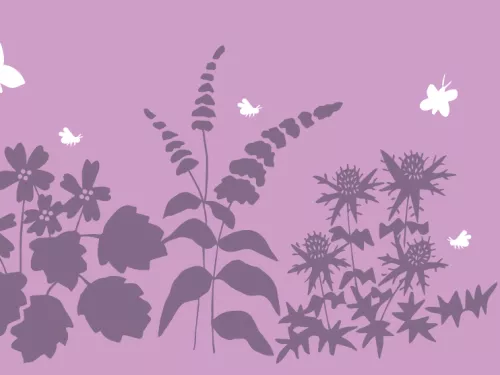
Set up a ‘nectar café’ by planting flowers for pollinating insects like bees and butterflies

Bringing a piece of your holiday home is a great way of keeping the memories alive – just make sure it’s wildlife-friendly!

Sending letters 'to the Editor' of local newspapers is another great way to speak up for wildife.
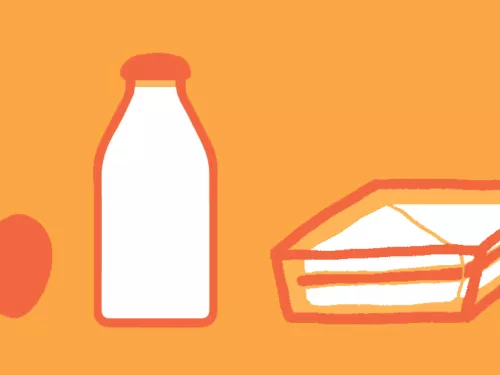
10 tips to reduce food waste today!